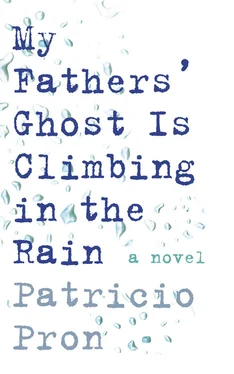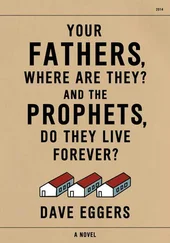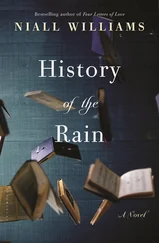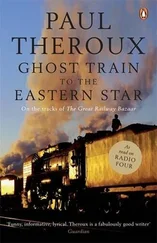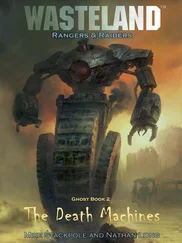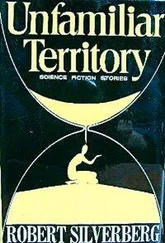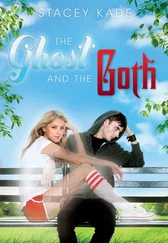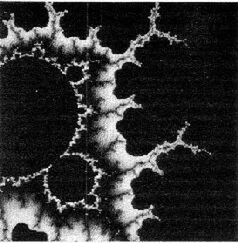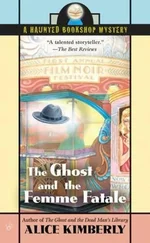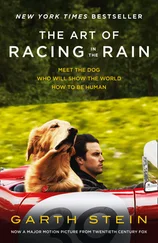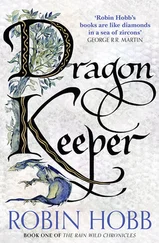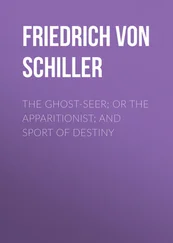Claudio Berón in La Capital de *osario , June 29, 2008
In one of the photographs that accompanied the article you can see a one-story house behind a tiny parcel of lawn on an unpaved, sewerless street. The house has a large two-paned window and another smaller one at the entrance, which has its own small roof held up by a fragile-looking column. In front of the house there is a hedge, but it seems to have dried up. The house is shuttered and, strangely, it looks like there is a high-backed chair lying facedown on a stretch of open ground, a plot of land where no one is ever going to live. That’s the house they killed Alberto Burdisso for.
Looking up from my father’s file, I gazed out at the courtyard of the house he’d built and wondered what he had said at Burdisso’s funeral, if he was there when the body was found in that well and if there was something my father knew or could know and I would never know, something having to do with the sordid, sad backdrop of a town that I had believed idyllic. In that courtyard before my eyes, I’d played games I no longer remember, games that came from the books I read and the films I saw and, particularly, from a period of sadness and terror that now, slowly, was coming back in spite of all the pills, my memory loss and the distance I’d tried to put between myself and that time. Burdisso’s corpse was pulled from the well using a tripod and pulleys, said the article, and I wondered if my father had been there at that moment, if my father had seen the body of the brother of someone who had been his friend hanging from a hook like an animal, floating above the town, already definitively sullied by vice. I also wondered if the story had ended, if I would find out what had happened to Burdisso’s murderers and if the symmetry in this story had already run out, the lines moving away from each other, vanishing into space, which is infinite, and, therefore, meeting up again somewhere. I wondered if my father could think about these things in a hospital bed, unreachable to me but not to the past; soon to be part of the past himself.
Some two hundred residents gathered in El Trébol’s Plaza San Martín on Sunday afternoon to demand the sentencing of the killers in the Burdisso case. There, Dr. Roberto Maurino […] explained the situation of the four in custody and the latest news of the trial: “The case is not closed. There are four suspects charged with obligatory jail time. There is no bail set for them and they will have to endure the process from the inside. Later will come the trial in Santa Fe, where they will be condemned or absolved. Of the four detainees, three are accused of premeditated homicide acting as a group or a gang, and the fourth as a secondary participant with a sentence of fifteen to twenty years. The maximum penalty for the first three is life imprisonment. […] Of the suspects who have been released, three are charged with aggravated concealment, which is to say, they knew but said nothing. I do not know whom [ sic ] they are. Their charge does not carry a minimum jail sentence and they can go free at the discretion of the court. […] The four detainees confessed their guilt. We will now search, as a town, as a civil association or as a club, for a plaintiff to participate in the trial. To date the law has only allowed this in one case: the Mothers of the Plaza de Mayo against a torturer. The idea is to keep tabs on the case in the Sentencing Court of Santa Fe.”
El Trébol Digital , June 30, 2008
At the bottom of the article there was a photograph showing a group of people around an old man holding up a megaphone with his back to the photographer; in the background, to the left, I thought I recognized my father.
Next in the file were two letters to the editor addressed to El Trébol Digital , one signed by a woman whose last name was Bianchini and another by a ten-year-old girl. A week later, on July 7, the news was published of a demonstration in which some forty-two people had called for the killers’ sentencing; in the photos that followed I didn’t see my father. Then there was a photocopy of the front page of a newspaper I’d never seen before, El Informativo , showing a photograph of two policemen escorting a man, with a jacket covering his face, from a car. “The Murderers Could Get Life in Prison” was the headline, accompanied by the following teasers at the bottom of the page: “The untold side of the story. Who was Alberto Burdisso? Why did they kill him? Chronicle of a tragic end. The story of his sister. The clairvoyant that foresaw his reappearance.”
The next article, which summed up the story in a profusion of yellow journalism, littered with superfluous commas that brought to mind a fetid flower, was signed by Francisco Díaz de Azevedo. An excerpt:
[…] in the house on Corrientes, number 438, which he had bought and put under his name and that of his ex common-law wife, a few years earlier, and from which he had been evicted and left to live practically abandoned in a garage.
[…] For some time now, another woman kept his entire monthly salary, in exchange for temporary companionship, and, recently, she had even gotten him into several fights. In fact, Alberto hadn’t frequented the house of this new “companion” in three months, because he had had an altercation that came to blows with this woman’s common-law husband, a fact that is confirmed by the police; which is why she was the one that went to Burdisso’s house, “to visit.”
As regards Alberto’s economic situation, the money that he received in 2006, for the death of his sister during the Process (220,000 pesos), absolutely nothing remained of it.
On the afternoon of Saturday the 31st, and contrary to what was said and assumed, Alberto Burdisso withdrew all the money of his salary, via the cash machine of Banco Nación, since on the last business day of the month, Trebolense had deposited his salary. Afterward, his card was held in the bank itself, although nobody knows what later happened to that money, since it never appeared again. The next day, at approximately seven thirty in the morning, Burdisso was picked up at his domicile on Calle Corrientes, by a male and a woman, to go look for wood in a field bordering the city. When they arrived at the abandoned house, Burdi’s escorts sought to pressure him into signing a series of papers and documents regarding his home, which he resisted, and it was then that he was thrown into a dry well, of some ten meters deep.
In the fall, the victim suffered six broken ribs, a broken arm and shoulder, but he remained alive, in that place. That same evening, Burdi’s cell phone received, in the depths of the well, calls from relatives of the woman who went there with him and with whom he had occasional relations. The calls were to check if he was still alive.
The following day, Monday July 1st, the common-law husband of the woman who threw the resident into the well, arrived at the field, tore down the stonework from around the well and threw metal sheets and tree trunks onto the humanity [ sic ] of Alberto. Shortly after this fact, his death is produced by suffocation and confinement. Which is to say, Burdi was alive for at least twenty-four hours in the well and only died after being covered by the refuse.
For twenty days, the searches were unfruitful and almost useless. Until one afternoon, the city police station, received the information that Burdisso could have been thrown into a well, in the rural area. […] This person, indicated three possible locations and accompanied police personnel to visit them, detecting, that one of the wells (in which he was finally found), wasn’t in the same shape, as the last time this “woodsman” had seen it, detecting with his bare eyes, that some stonework around the top of the well was missing. […] It was fireman Javier Bergamasco, who from inside the hole, noticed that there was a body, in an advanced state of decomposition. He proceeded with a ‘prima facie’ examination with Dr. Pablo Candiz, at the site of the finding and later in the El Trébol morgue, where coworkers and friends, identified him by the particular scar he had on his abdomen. […] The autopsy revealed that Alberto had been beaten about the eyes and behind the ears, with, surely, fists, before being thrown into the well.
Читать дальше
